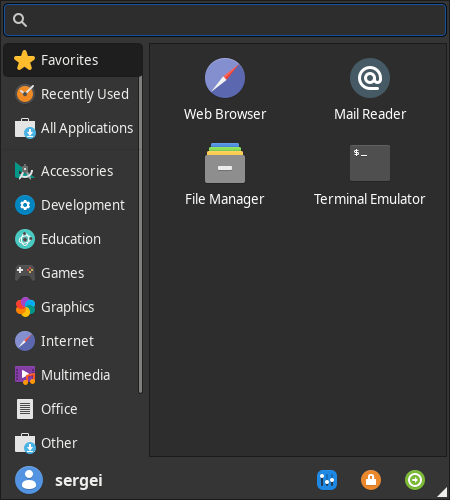How Long Does It Take For Manjaro To Start Working

Imagine this: You've just downloaded Manjaro, the sleek, user-friendly Linux distribution. The promise of a customizable and stable operating system dances in your head. You hit the power button, anticipation bubbling as the system boots... but then, the question arises: how long will this whole process *actually* take until you’re immersed in your new digital playground?
The time it takes for Manjaro to start working, from initial installation to a fully operational desktop, varies widely depending on several factors. These include your hardware specifications, internet connection speed, chosen desktop environment, and the amount of customization you undertake. A ballpark estimate ranges from 30 minutes to several hours, with initial setup consuming a significant portion of that time.
The Manjaro Allure: Why Choose the Green Distribution?
Manjaro, based on the acclaimed Arch Linux, has carved a niche as a user-friendly gateway to the Arch ecosystem. It offers the power and flexibility of Arch, without the initially steep learning curve. This makes it a popular choice for both Linux newcomers and seasoned users seeking a balance between customization and ease of use.
One of Manjaro's key strengths lies in its diverse selection of desktop environments. Users can choose from popular options like XFCE, KDE Plasma, and GNOME, each offering a distinct user experience and resource footprint.
Breaking Down the Timeline: From Download to Desktop
Let's dissect the process, step by step, to understand the estimated time commitment. Each phase presents its own challenges and potential time sinks.
1. Downloading the ISO Image: The first step involves downloading the Manjaro ISO image from the official website. The download time hinges on your internet connection speed. A fast connection can complete this in minutes, while slower connections may take upwards of an hour.
2. Creating Bootable Media: Next, you'll need to create bootable media using a USB drive or DVD. Software like Rufus or Etcher simplifies this process, typically taking 5-15 minutes. This depends on the speed of your USB drive.
3. Booting from the Installation Media: Once the bootable media is ready, you need to boot your computer from it. This usually involves accessing the BIOS or UEFI settings and changing the boot order. This step generally takes just a few minutes.
4. The Installation Process: Here's where the real variation begins. Manjaro offers a graphical installer that guides you through the process of partitioning your hard drive, selecting your location, and creating a user account. This phase can take anywhere from 20 minutes to an hour, depending on your experience and the complexity of your disk configuration.
"The graphical installer is designed to be user-friendly, but understanding disk partitioning concepts can significantly speed up the process," notes a Manjaro forum moderator.
5. Initial System Updates: After installation, it's crucial to update your system to the latest packages. This ensures you have the latest security patches and bug fixes. This can be a time-consuming step, especially if the ISO image is outdated or your internet connection is slow.
6. Installing Drivers: Hardware drivers are essential for proper functionality. Manjaro usually detects and installs most drivers automatically. However, you might need to manually install drivers for specific devices, such as graphics cards or Wi-Fi adapters. This is where problems often crop up.
7. Customization and Software Installation: This is where you personalize your Manjaro experience. Installing your preferred applications, configuring desktop settings, and setting up your workflow can take anywhere from a few minutes to several hours, depending on how much customization you want to do.
Hardware Considerations: The Performance Bottleneck
The speed of your hardware plays a crucial role in determining how quickly Manjaro starts working. A computer with a modern processor, ample RAM (at least 4GB recommended), and a solid-state drive (SSD) will significantly outperform a machine with older hardware and a traditional hard disk drive (HDD).
For instance, installing Manjaro on a machine with an SSD can reduce boot times and application loading times by a significant margin. Conversely, an older machine with limited RAM might struggle to run resource-intensive desktop environments like KDE Plasma smoothly.
Desktop Environment Matters: Choosing Wisely
The choice of desktop environment also impacts performance. Lightweight environments like XFCE generally require fewer system resources and boot faster than more feature-rich environments like GNOME or KDE Plasma.
If you're running Manjaro on older hardware, consider opting for a lighter desktop environment to improve performance. You can always switch to a different environment later if you find that your hardware can handle it.
Troubleshooting Common Issues: When Things Go Wrong
While Manjaro is generally user-friendly, you might encounter issues during the installation or setup process. Common problems include driver compatibility issues, network connectivity problems, and bootloader errors.
The Manjaro community is a valuable resource for troubleshooting these issues. The official forums and wiki contain a wealth of information, and experienced users are often willing to offer assistance.
If you encounter a problem, start by searching the Manjaro forums or wiki for solutions. Be sure to provide detailed information about your hardware and the error message you're encountering.
Tips for a Faster Installation: Speeding Up the Process
Here are some tips to expedite the Manjaro installation and setup process:
1. Use a Fast Internet Connection: A stable and fast internet connection is essential for downloading the ISO image and installing updates.
2. Choose the Right Desktop Environment: Select a desktop environment that suits your hardware capabilities.
3. Partition Your Hard Drive Carefully: Understand the basics of disk partitioning before starting the installation. You can choose to have Manjaro automatically partition your drive, but manual partitioning offers more control.
4. Install Drivers Early: If you know you need specific drivers, install them immediately after the initial update.
5. Back Up Your Data: Always back up your important data before installing a new operating system. This will protect you in case something goes wrong.
6. Consult the Manjaro Wiki: The Manjaro wiki is a comprehensive resource for all things Manjaro. Consult it for detailed instructions and troubleshooting tips.
The Manjaro Experience: Beyond the Initial Setup
Once Manjaro is up and running, you'll have access to a vast ecosystem of software and tools. The Arch User Repository (AUR) provides access to a wide range of community-maintained packages, making it easy to find and install the software you need.
Manjaro's rolling release model means that you'll receive updates regularly, ensuring that your system is always up-to-date with the latest features and security patches. This eliminates the need for major upgrades every few years, as is the case with some other operating systems.
In conclusion, while the initial setup of Manjaro can take anywhere from 30 minutes to several hours, the long-term benefits of a stable, customizable, and user-friendly operating system make it a worthwhile investment of your time. Embrace the community, experiment with different configurations, and enjoy the journey of discovery that Manjaro offers.
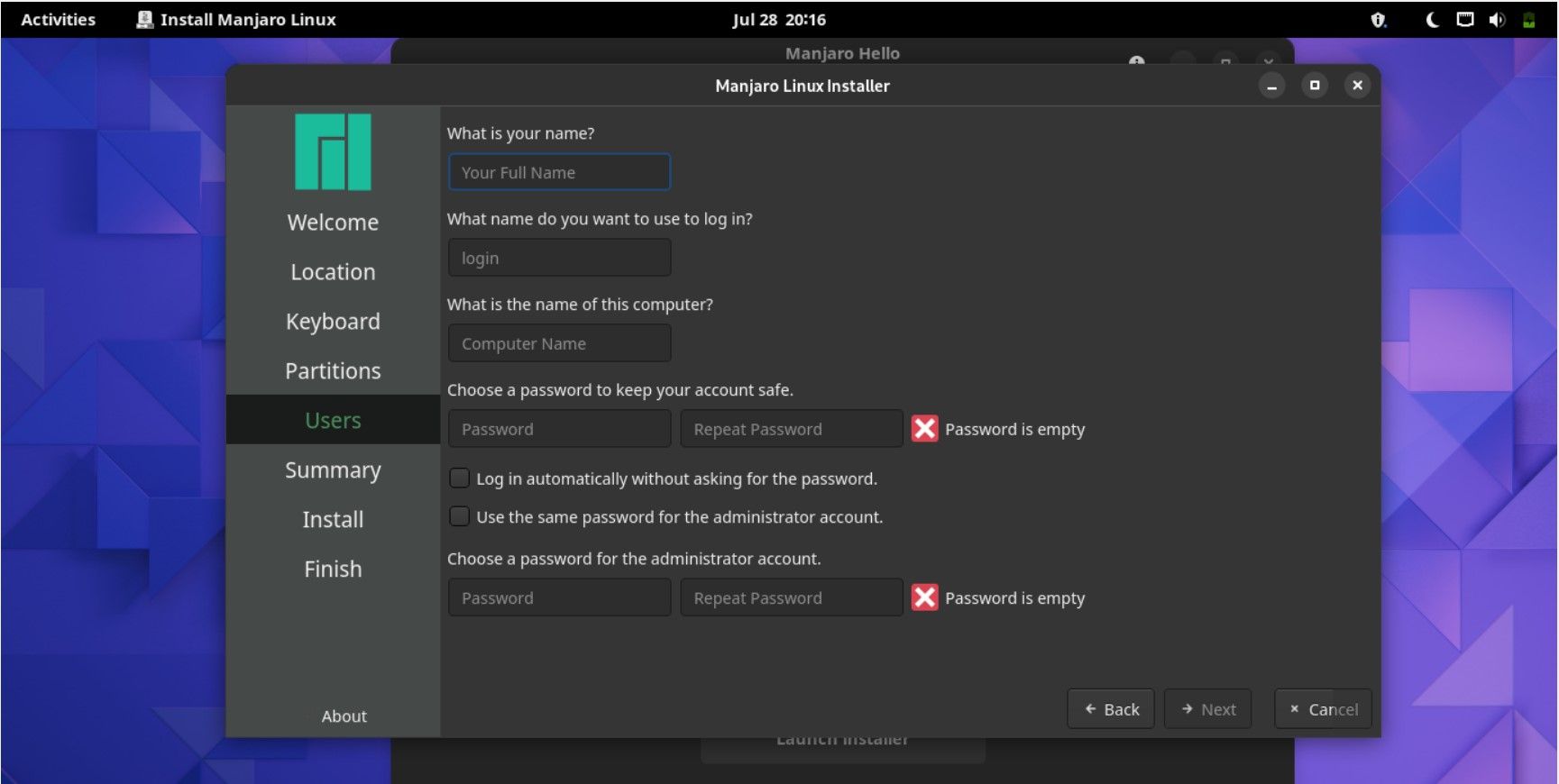

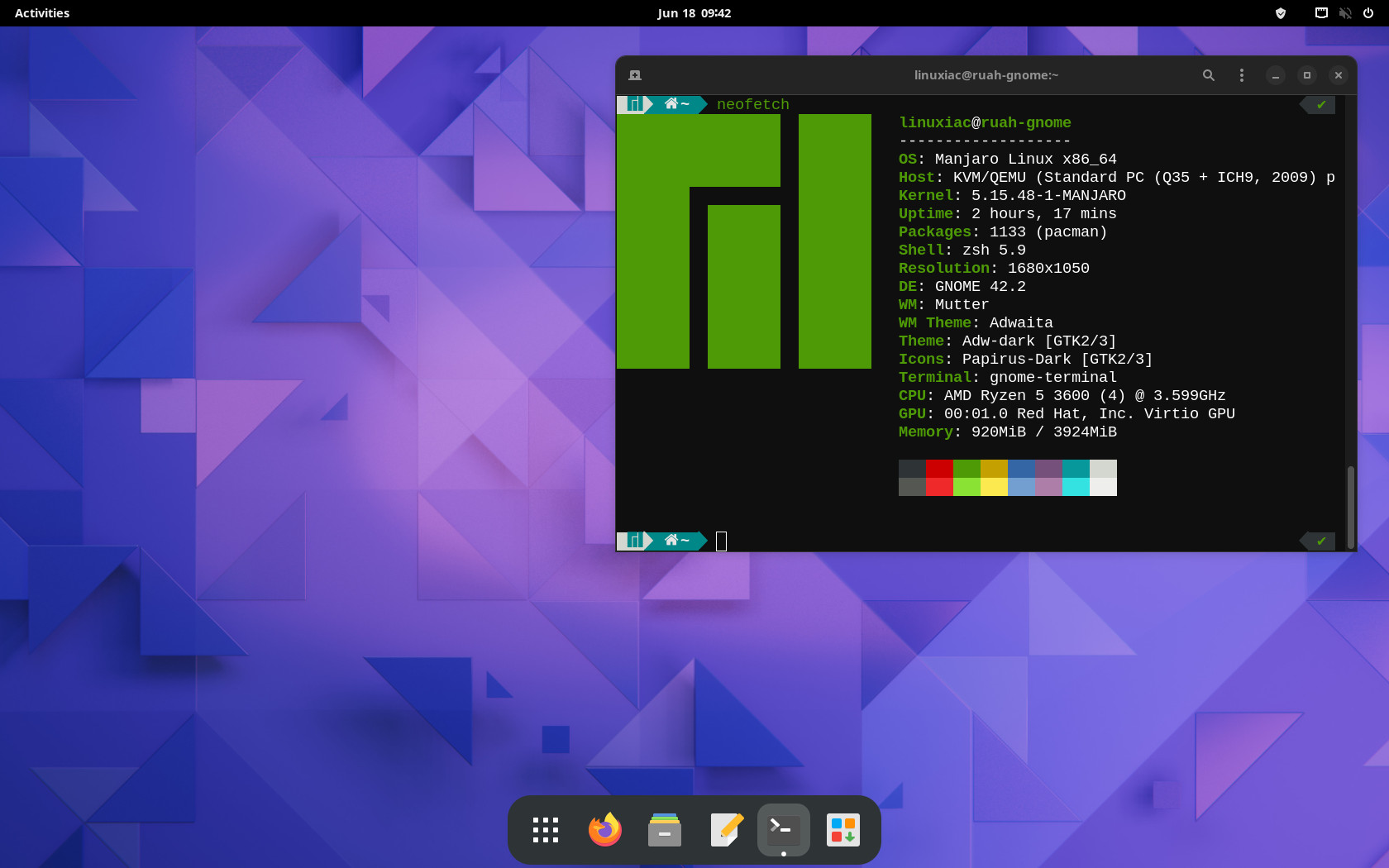
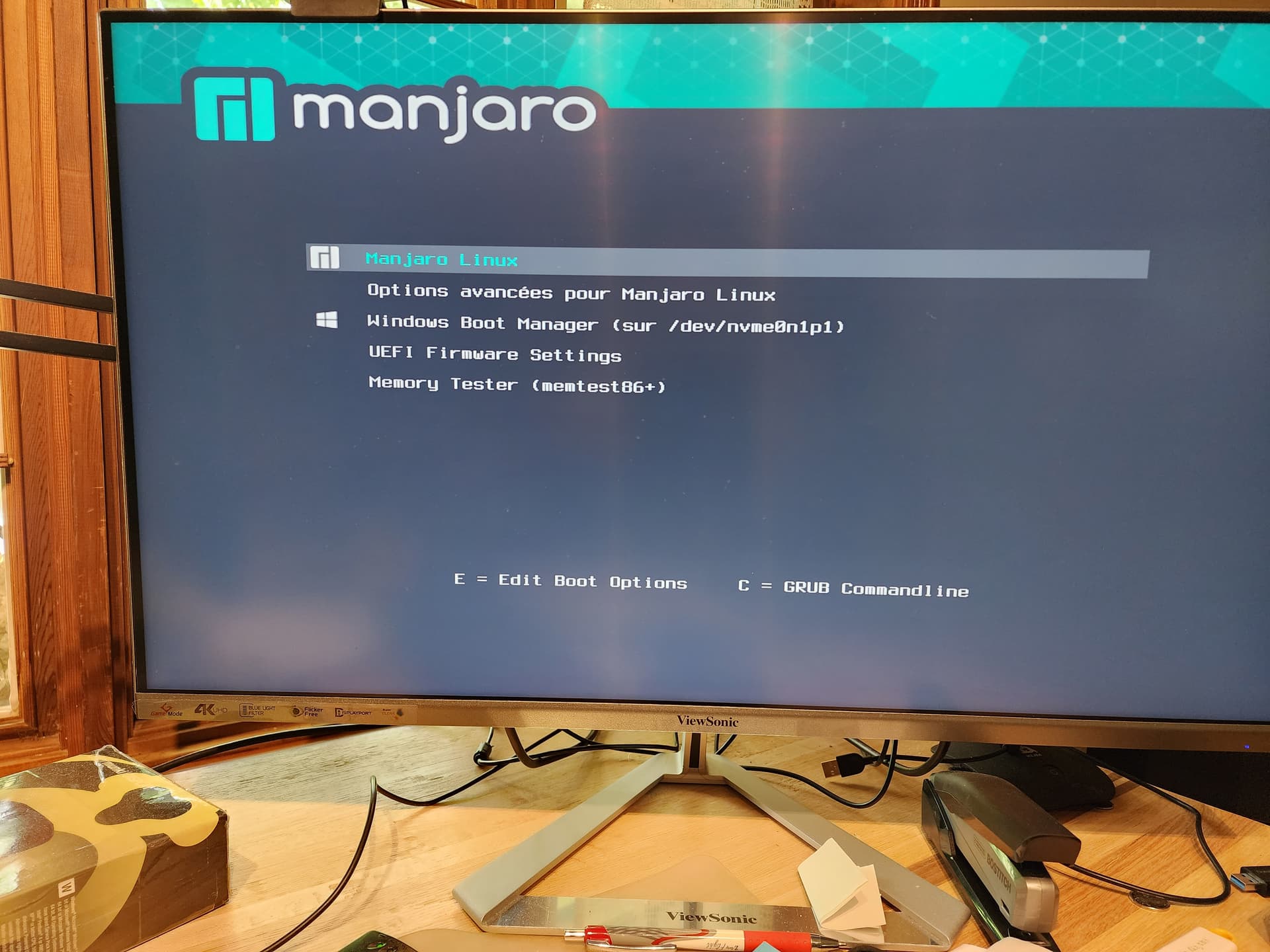



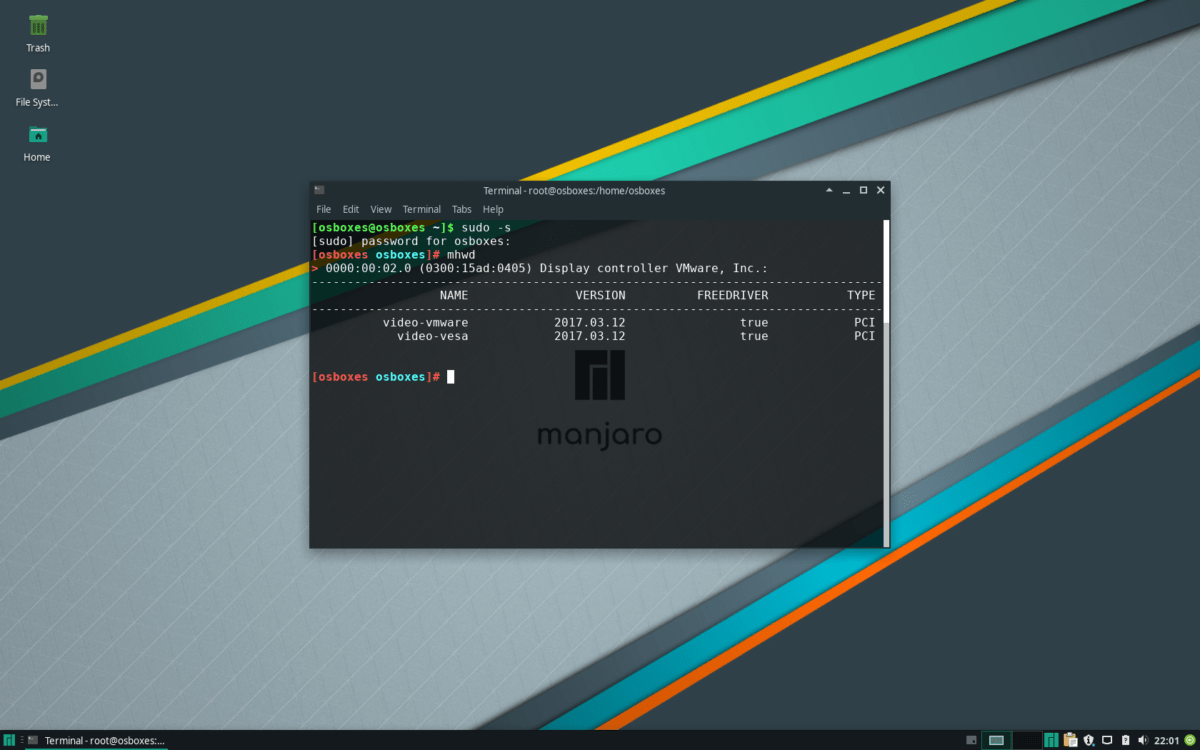
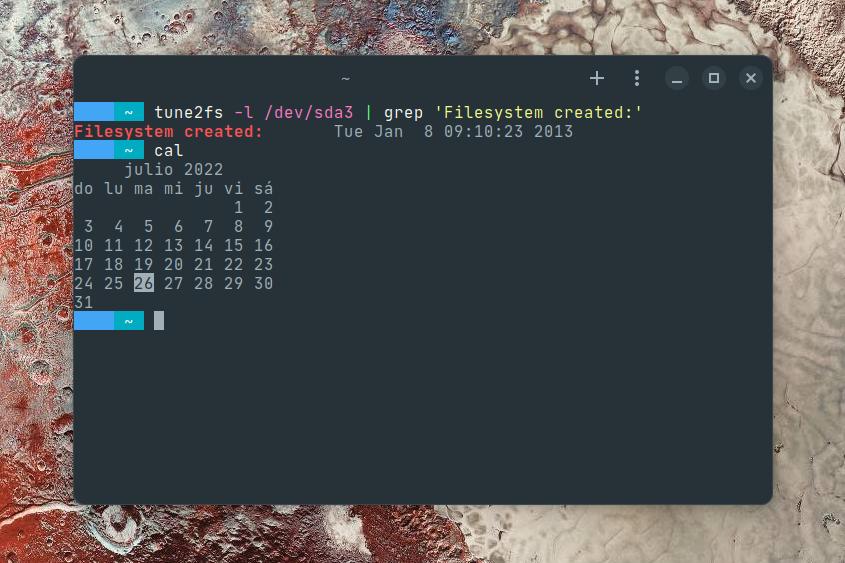
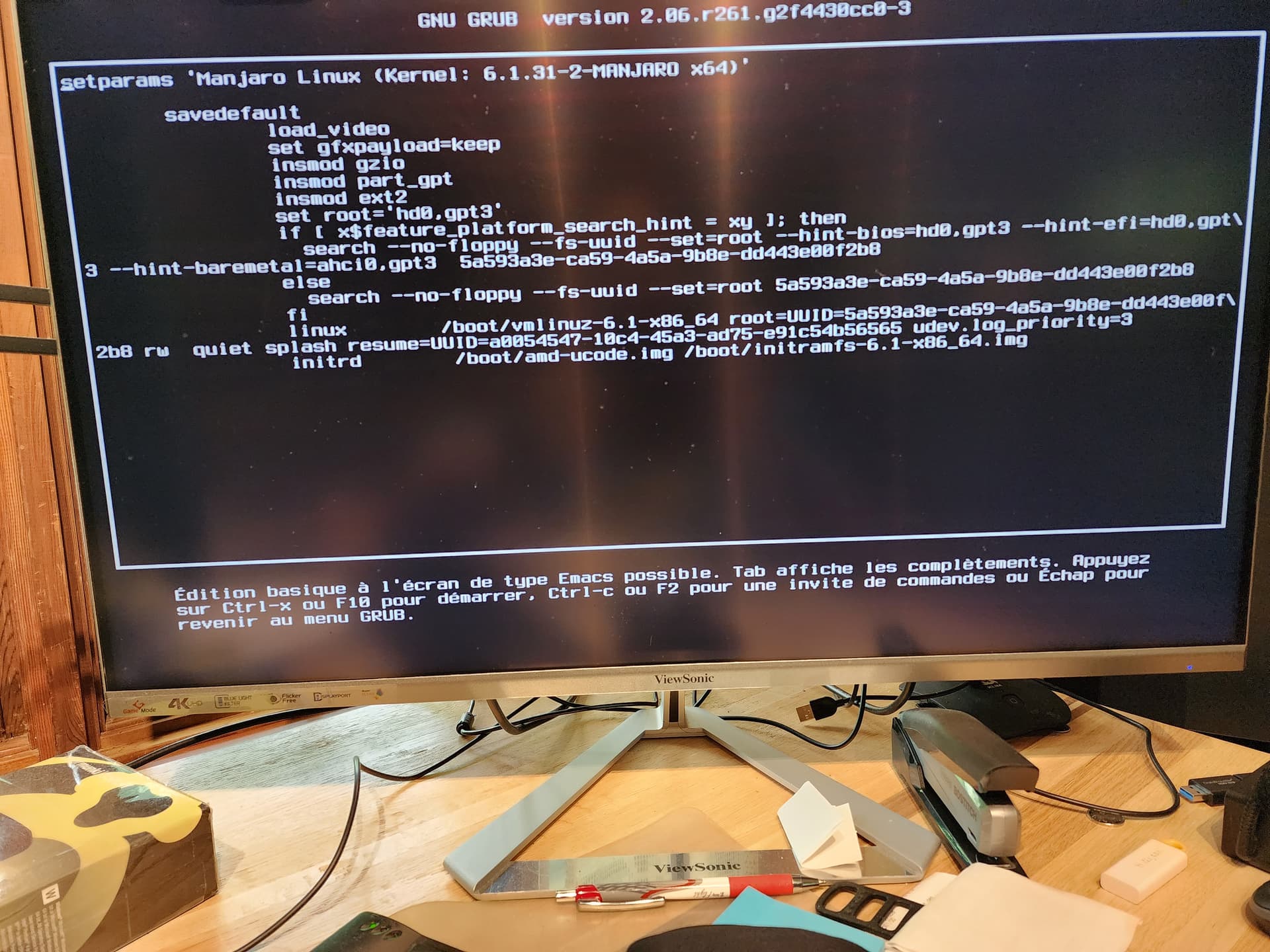



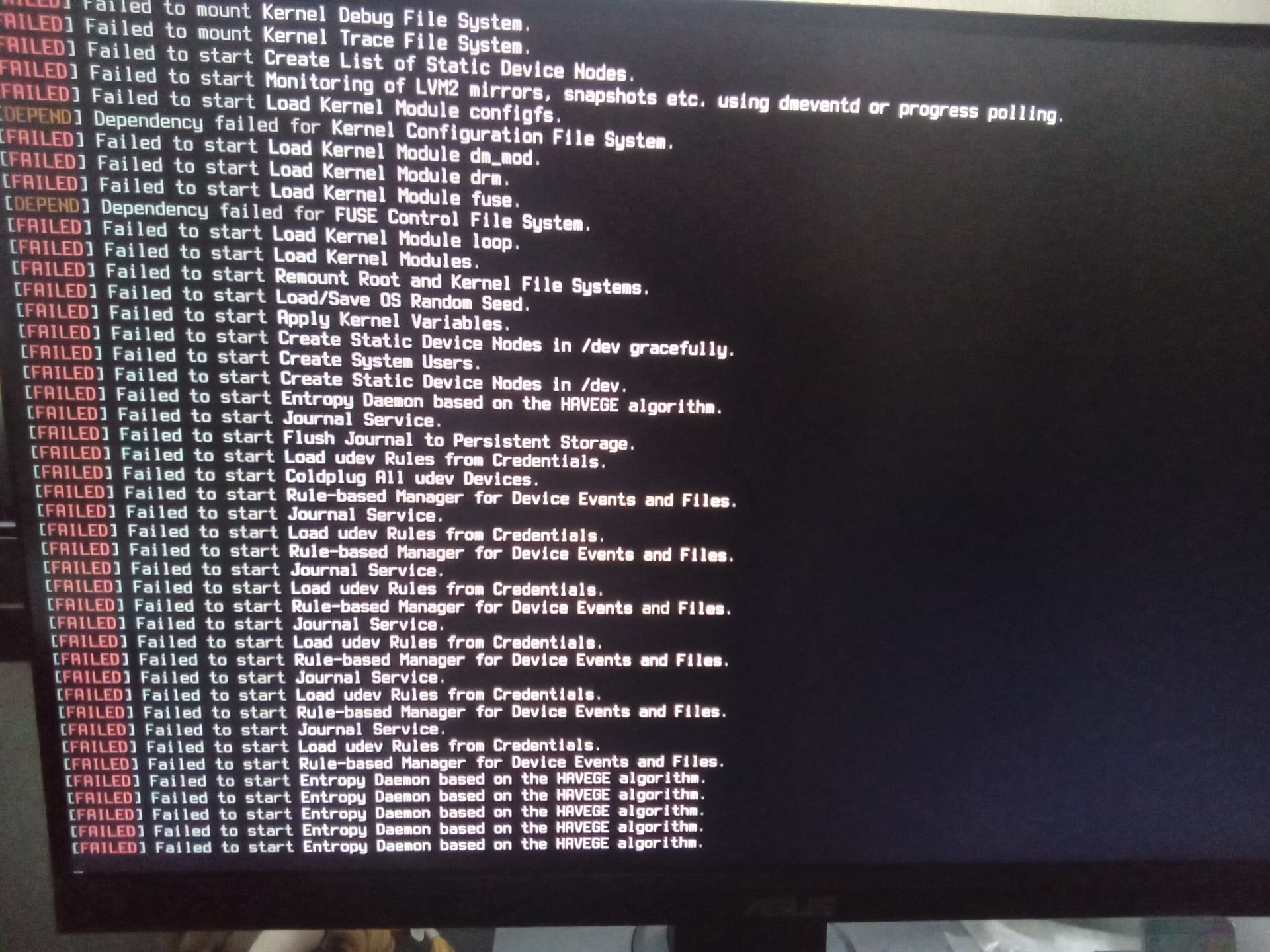
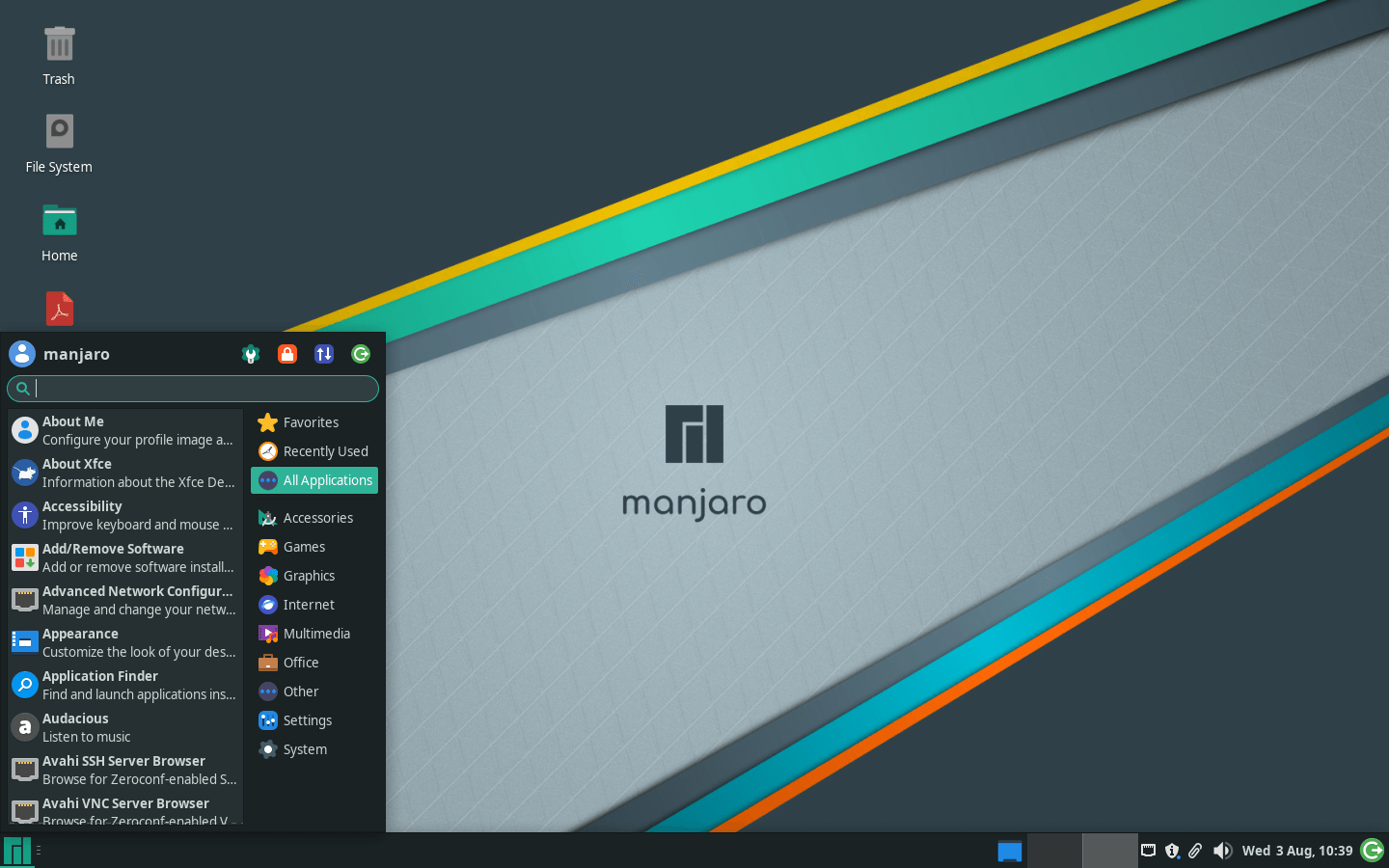

![How Long Does It Take For Manjaro To Start Working Electron on start up without entry in autostart [Unwanted] - GNOME](https://forum.manjaro.org/uploads/default/original/3X/4/9/49867e0f5ea924bef0a1a0b34537a7b0b048231a.jpeg)
